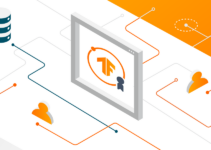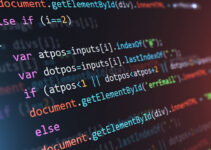Virtual Reality (VR) technology has undergone a remarkable evolution since its inception, transforming from a novelty to a vital tool across various industries. As VR applications continue to diversify and expand, so too do the methodologies employed to ensure their effectiveness and reliability.
In this article, we delve into the evolution of VR game testing methodologies, highlighting the key advancements that have shaped the landscape of immersive technology assessment.
Early Stages: Manual Testing
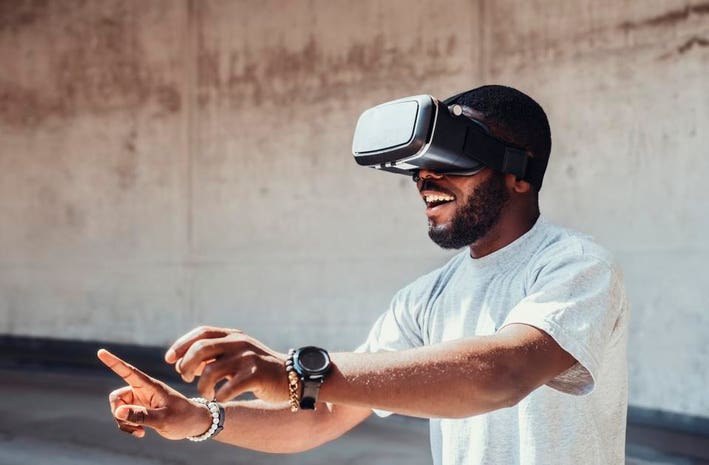
Source: forbes.com
In the nascent stages of VR development, testing primarily relied on manual procedures conducted by human testers. This approach involved subjective evaluations of VR experiences, focusing on factors such as visual fidelity, motion sickness, and overall user comfort.
While manual testing provided valuable insights, it was inherently limited by the subjectivity of human perception and the inability to scale effectively across diverse VR platforms.
Automated Testing: Enhancing Efficiency and Accuracy
Recognizing the need for more efficient and scalable testing solutions, developers began integrating automated testing methodologies into their VR development pipelines.
Automated testing utilizes scripts and algorithms to simulate user interactions within virtual environments, systematically evaluating performance metrics such as frame rate, latency, and graphical rendering quality.
By automating repetitive testing procedures, developers can identify and address potential issues more rapidly, streamlining the iterative development process.
Performance Profiling: Optimizing VR Experiences
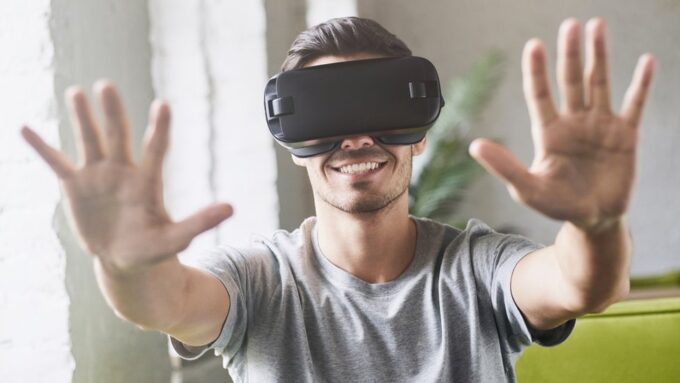
Source: reclamosyquejas.cps.com.pe
As VR applications become increasingly complex and resource-intensive, the need for performance optimization becomes paramount. Performance profiling techniques enable developers to analyze the resource utilization of VR applications in real time, identifying bottlenecks and inefficiencies that may degrade the user experience.
By fine-tuning aspects such as rendering techniques, asset optimization, and memory management, developers can ensure smooth and immersive VR experiences across a wide range of hardware configurations.
User Testing: Prioritizing User Feedback
While automated testing and performance profiling provide valuable technical insights, they must be complemented by user testing to assess the subjective aspects of VR experiences. User testing involves soliciting feedback from a diverse group of users, encompassing factors such as comfort, usability, and engagement.
By incorporating user feedback into the iterative design process, developers can iteratively refine VR applications to better align with user expectations and preferences.
AI-Powered Testing: Anticipating Future Trends
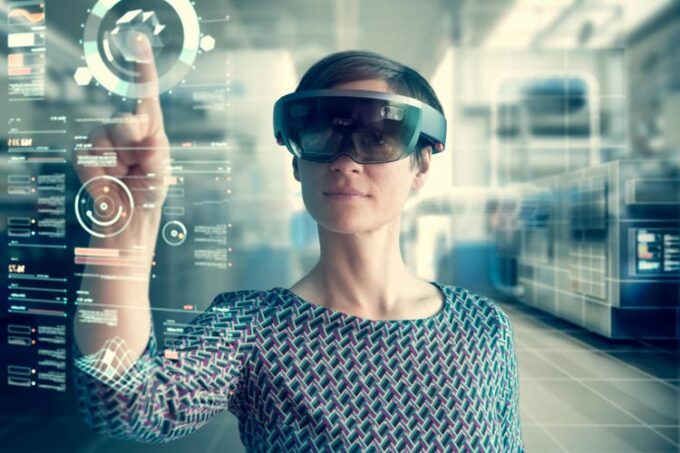
Source: keysight.com
Looking ahead, the integration of artificial intelligence (AI) technologies holds the potential to revolutionize VR testing methodologies further. AI-powered testing frameworks can analyze vast amounts of data collected from VR experiences, identifying patterns and correlations that human testers may overlook.
By leveraging machine learning algorithms, developers can anticipate user behavior, optimize content delivery, and personalize VR experiences to individual preferences.
Cross-Platform Compatibility Testing
Ensuring VR applications perform seamlessly across different devices and platforms is a critical challenge. Cross-platform compatibility testing addresses this by verifying that VR applications provide consistent experiences on various hardware configurations, including different VR headsets, PCs, and gaming consoles.
This form of testing is crucial for reaching a broader audience and ensuring inclusivity in the VR space. It involves rigorous assessments of interface adaptability, control schemes, and performance metrics across platforms to identify and rectify discrepancies that could hinder user immersion or functionality.
Stress Testing: Pushing the Limits
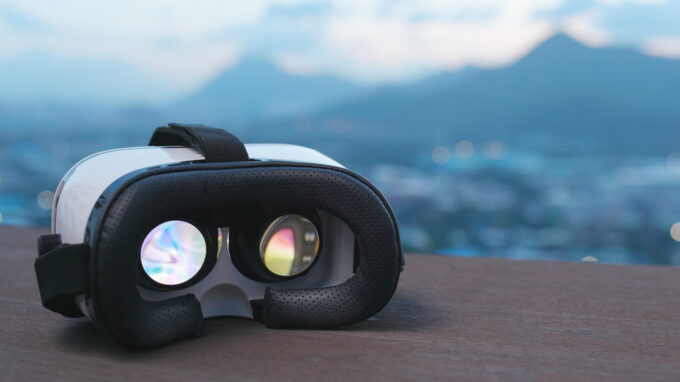
Source: tomshardware.com
Stress testing in the context of Virtual Reality (VR) is essential for ensuring that VR applications can withstand extreme conditions and heavy usage without compromising performance or user experience. This rigorous testing method subjects VR systems to peak loads and intense interactions, mimicking scenarios that push the software and hardware to their limits.
The goal is to identify and address potential crash points, memory leaks, or any performance issues that could detract from the immersive experience during high-intensity moments. By pinpointing these vulnerabilities, developers can enhance the resilience of VR applications, ensuring they remain stable and responsive, even under the most demanding circumstances.
Stress testing is a critical step in the development process, guaranteeing that VR experiences are not only immersive and engaging but also robust and reliable for users seeking high-quality virtual interactions.
Accessibility Testing: Making VR Inclusive
As VR technology becomes more widespread, its accessibility to users with disabilities is increasingly important. Accessibility testing ensures VR experiences are usable and enjoyable for people with a wide range of physical and cognitive abilities.
This includes evaluating navigation ease, interface clarity, and the adaptability of controls for users with different needs. Incorporating accessibility testing into the VR development process not only broadens the user base but also promotes inclusivity, ensuring everyone can benefit from the immersive experiences VR offers.
Security Testing: Safeguarding User Data
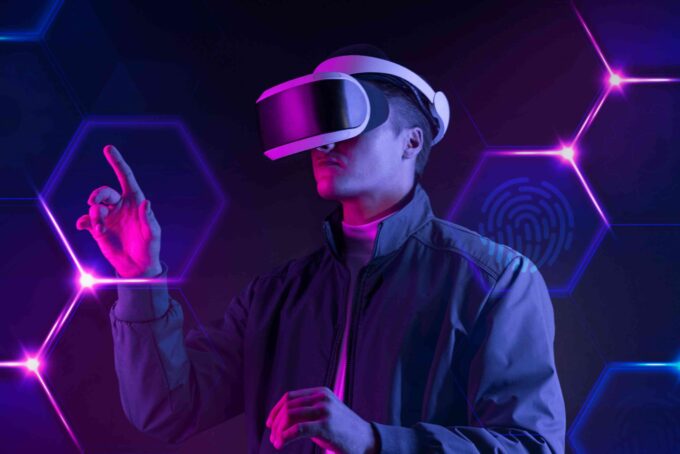
Source: oprimes.com
With the increasing integration of online features in VR applications, security testing has become paramount. This testing focuses on identifying vulnerabilities that could compromise user data or privacy.
It includes assessing data encryption methods, user authentication processes, and protection mechanisms against potential cyber threats. By rigorously testing for security flaws and implementing robust security measures, developers can protect user information and maintain trust in the VR ecosystem.
Environmental Testing: Simulating Real-World Conditions
Environmental testing plays a crucial role in the development of Virtual Reality (VR) technologies by simulating a range of real-world conditions to evaluate the performance and durability of VR hardware and software. This form of testing assesses how various environmental factors such as temperature fluctuations, humidity levels, and light exposure can impact the functionality and longevity of VR devices.
Through these simulations, developers can identify potential hardware malfunctions or software failures that might occur in different settings, from indoor spaces to outdoor environments. By understanding these interactions, they can make informed decisions about materials, design, and software optimizations, ultimately enhancing the user experience.
Environmental testing ensures that VR technologies are not only immersive and engaging but also robust and adaptable, capable of delivering consistent performance across a wide array of real-world conditions, thus broadening their applicability and appeal.
Conclusion
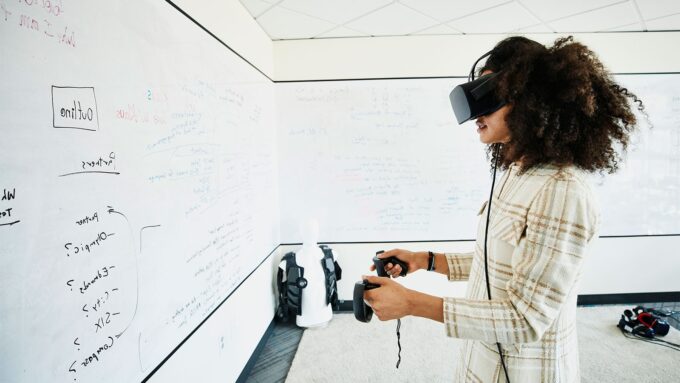
Source: pwc.com
The evolution of VR testing methodologies reflects the dynamic nature of immersive technology development, driven by a relentless pursuit of innovation and improvement. From manual evaluations to automated testing, performance profiling, user feedback, and AI-powered analysis, each advancement brings us closer to realizing the full potential of VR technology.
By embracing these methodologies and continuing to push the boundaries of what is possible, we can unlock new opportunities for creativity, exploration, and immersion in the virtual realm.
By adhering to these principles and embracing emerging technologies, developers can ensure that VR experiences are not only technically robust but also compelling and immersive for users across diverse demographics and use cases. As VR continues to permeate various industries, from entertainment and gaming to healthcare, education, and beyond, the importance of rigorous testing methodologies cannot be overstated.
By staying abreast of the latest developments and adopting a proactive approach to testing, developers can navigate the complexities of VR development with confidence, delivering experiences that captivate and inspire audiences worldwide.



